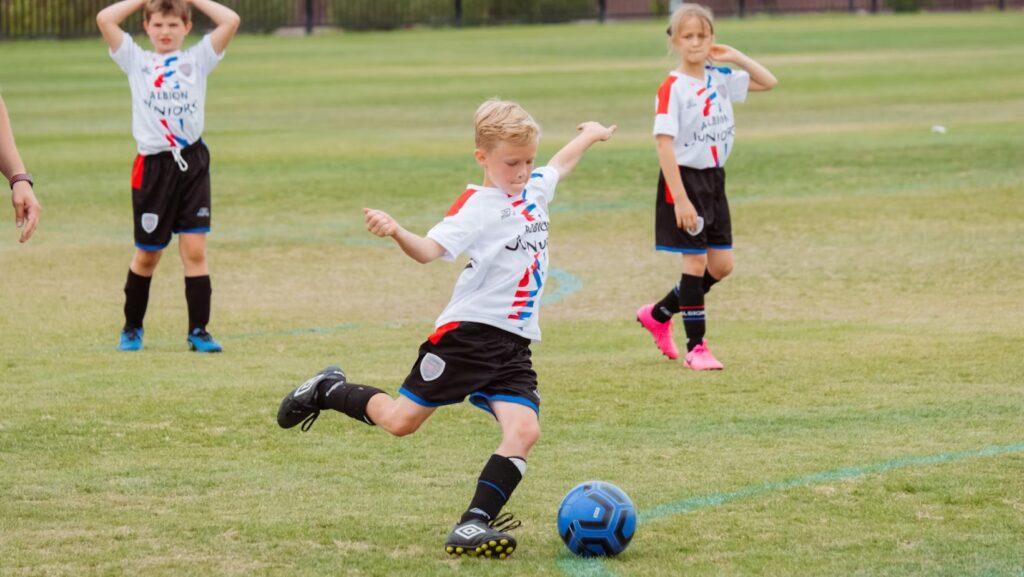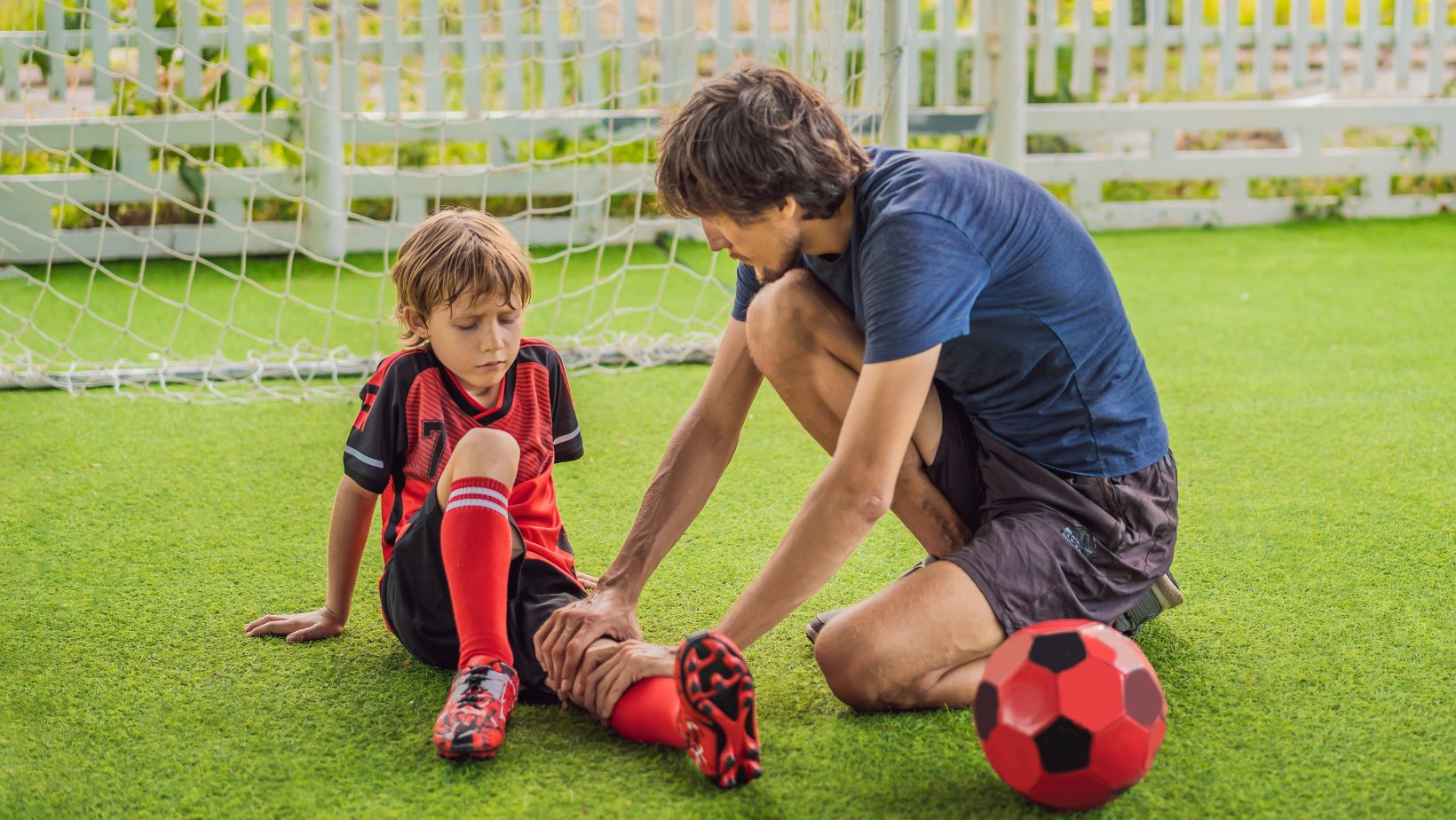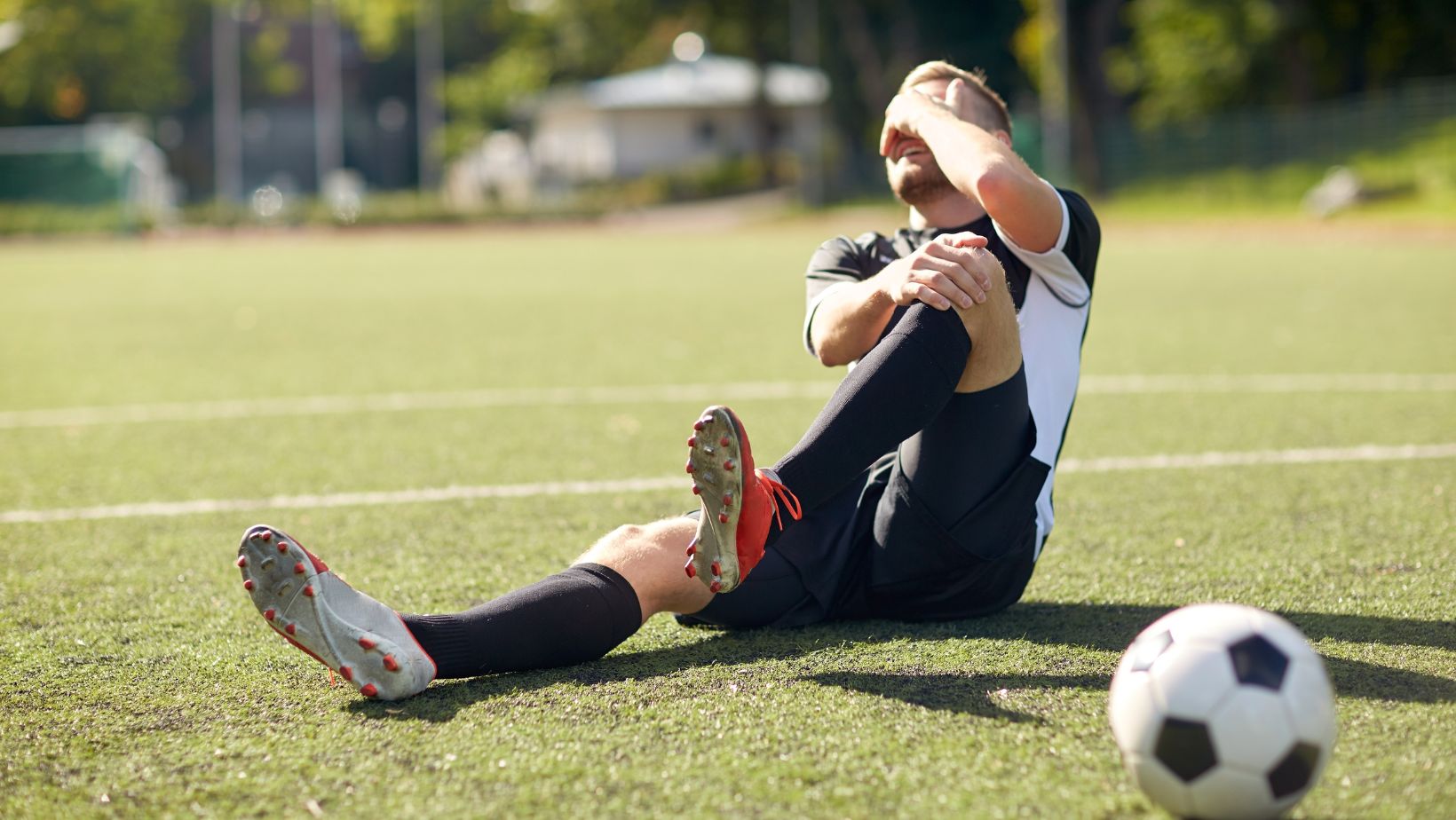
Soccer offers players a chance to develop their skills and build team relationships while sustaining their physical wellness. However, young athletes face an increased risk of injuries when they start playing without doing proper warm-up exercises. For parents looking to encourage active play beyond the field, many choose to shop screen-free toys & games that complement physical activities and keep kids engaged. Here are three warm-up exercises that protect against injuries and boost overall player satisfaction.
1. Dynamic Stretching: Prep Muscles for Action
Soccer players should perform dynamic stretching as their primary pre-game exercise. Dynamic stretching differs from static stretching since you move through full muscle motion rather than holding positions for long durations. The increased blood flow from this stretching technique enhances body flexibility and prepares players for soccer’s rapid movements and directional changes.
Leg swings coupled with walking lunges that include torso rotations and high knees followed by butt kicks evaluate heart rate and activate core and hip functions along with the hamstring and quads. These drills replicate soccer movements to enhance player flexibility and balance while strengthening their mental focus. Studies demonstrate dynamic stretching creates a decrease in muscle stiffness, which in turn minimizes injury risk during high-speed movements.
Dynamic stretching offers a smooth transition between relaxation and physical activity for children. It prepares muscles and tendons for performance readiness. Soccer parents and coaches can include these field-specific exercises during practice routines to help their athletes successfully manage performance while maintaining confidence on the field. Engaging and game-inspired warm-up activities help children stay focused and passionate about playing soccer for kids.
2. Agility and Balance Drills: Sharpen Coordination
To help children in soccer overcome game unpredictability, they need agility and balance drills. The exercises develop essential body awareness skills along with coordination and stability, helping players prevent accidents and injuries.
A useful drill to practice requires cones to be arranged in a distance range of 3 to 5 feet. Athletes navigate the cones through short and methodical movements that replicate sudden gameplay movements. The footwork capabilities and agility performance of players increase through the combination of ladder drills with cone shuffles. The addition of ladder drills together with cone shuffles provides additional advantages for footwork and agility development. Single-leg balance exercises strengthen ankles and knees, areas prone to injury.
To make balance work fun, turn it into a game. For example, have players stand on one foot while catching a ball tossed by a coach. Whoever holds this balance the longest earns a “penalty kick” chance. Studies show that balance training significantly reduces non-contact injuries, making it essential in every warm-up routine. These drills boost confidence and prepare kids for competition. These exercises bring both entertainment and difficulty, keeping young athletes interested and focused.
3. Neuromuscular Activation: Train Muscles and Nerves
Effective muscle and nerve coordination requires neuromuscular activation exercises. Through activation of the nervous system these exercises enhance both motor function and minimize occurrences of ACL tears and overuse strain injuries.
Start with mini hurdles, such as backpacks or low cones. Have players step over them using high knees, focusing on controlled landings. This trains proper jumping and pivoting techniques. Side shuffles, where players move laterally with bent knees and low hips, strengthen stabilizing muscles in the glutes and inner thighs. These muscles are critical for maintaining defensive positions on the field.
Reaction ball drills are another excellent addition. During bouncy ball drills, the coach creates unexpected throws, making players execute safe pivoting, jumping, and driving movements. The combination of high knees, butt kicks, and skipping drills produces powerful neural pathway activation, which improves coordination abilities. This preparation equips young players to handle unexpected conditions that may arise in the field.
Endnote
Injuries can sideline young athletes for weeks or worse, lead to a permanent loss of interest in soccer. Protective exercises consisting of dynamic stretching along with agility drills and neuromuscular activation help maintain safety for kids.

Child-friendly routines that are short, varied, and fun help maintain focus and enthusiasm. These warm-ups lay the foundation for confident, injury-free play.













